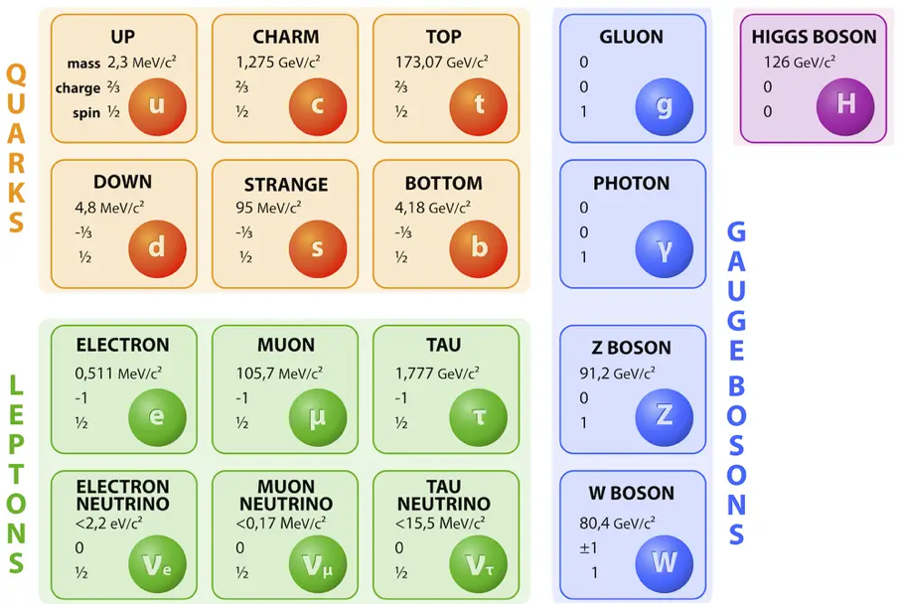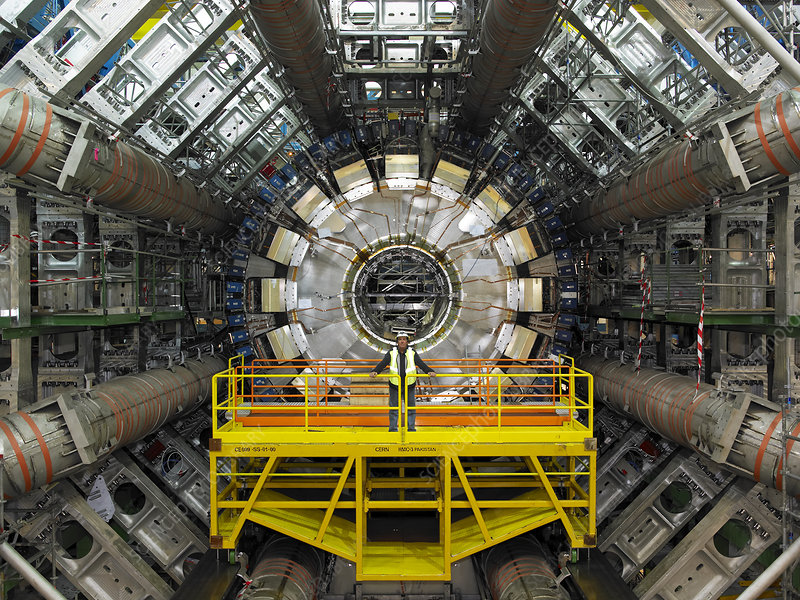About
Lines of Research
Highlights
Collaborations
Publications
Our Team
About
For many decades particle physicists have been trying to answer many open questions about several sticking phenomena that are persisting below the Fermi scale. Everything in Nature is governed by four fundamental interactions: Gravity, Electromagnetic (EM), Strong and Weak forces. The universe is made from basic building blocks called elementary particles, controlled by these four fundamental forces. Our best understanding on how these elementary particles behave is governed in the Standard Model (SM) framework of particle physics. The SM was developed back in the early 1970s. So far, it is extremely successful in explaining most of the measurements in particle physics at high energies that are accessible today.
A major goal of the particle physics program at the high energy frontiers, is to investigate the nature of the electroweak symmetry breaking. Since the 4th of July 2012 one of the important ingredients of the SM theory, the Higgs boson, became visible in the ATLAS and CMS detectors at CERN's Large Hadron Collider (LHC).
However, even though after the Higgs discovery, several fundamental questions remain unsolved. Therefore, physics beyond the standard model is explored to shed more light on these unexplained puzzles (Neutrino masses, Dark Matter (DM) nature, Matter-Anti Matter Asymmetry in the universe, the origin of the Baryon Asymmetry of the Universe (BAU)). To tackle these open problems, various experimental searches of well-motivated theoretical models beyond the SM have been investigated.

Since the announcement of the Higgs discovery in 2012, physicists at the ATLAS and CMS experiments at the LHC, have been extensively looking for many new physics signatures using the recorded data with different beam setups.

Lines of Research
The main research areas of the High Energy Physics Research group are:
- Collider physics.
- Experimental High Energy Physics with the ATLAS experiment at CERN:
- Trigger performance and development studies.
- The Higgs Sector.
- Physics Modeling Group (PMG).
- Common Dark Matter Searches.
- Phenomenology of Physics beyond the Standard Model:
- Higgs and Neutrino physics; DM searches at colliders.
- High Energy Astrophysics and Pulsar Wind Nebulae.
- Cosmological Neutrinos.
Highlights
- UAE – ATLAS Cluster: UoS, UAEU and NYU Abu Dhabi
Collaborations
- The ATLAS Experiment at the CERN-LHC collider, Geneva
- CERN
- The International Center for Theoretical Physics, Trieste, Italy
- The UAE-ATLAS Cluster: UoS, UAEU and NYU Abu Dhabi
- University of Geneve - Geneva

